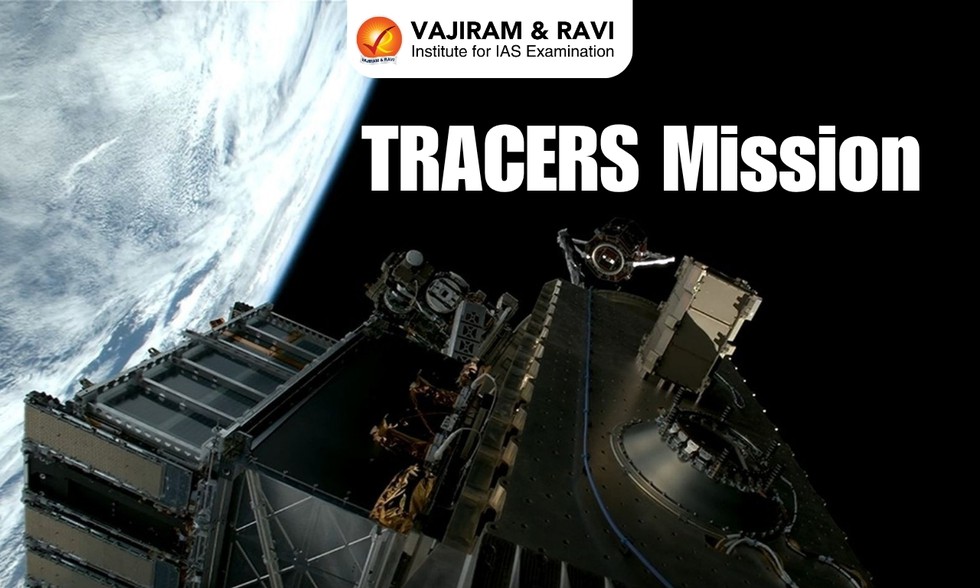About TRACERS Mission:
- The Tandem Reconnection and Cusp Electrodynamics Reconnaissance Satellites (TRACERS) will help understand magnetic reconnection and its effects in Earth’s atmosphere.
- It will fly in low Earth orbit through the polar cusps, funnel-shaped holes in the magnetic field, to study magnetic reconnection and its effects in Earth's atmosphere.
- This twin satellite system is set to study the constant stream of solar wind and charged particles flowing from the Sun, which interacts with Earth’s magnetic shield, also known as the magnetosphere.
- Significance: The data gathered from TRACERS will help scientists improve space weather forecasting and better protect critical technology here on Earth.
What is magnetic reconnection?
- When the solar wind hits this magnetic field, it can lead to magnetic reconnection, which also releases a huge amount of energy.
- As the solar wind collides with Earth’s magnetic field, this interaction builds up energy that can cause the magnetic field lines to snap and explosively fling away nearby particles at high speeds.
- These reconnection events can cause beautiful light shows like auroras, but also cause problems for satellites, astronauts, and GPS systems.
- Over the first year alone, the mission is expected to get information on more than 3,000 such reconnection events.
- The twin satellites will do this while orbiting through Earth’s polar cusp region, funnel-like openings in the magnetic field where the solar wind has a direct path into our atmosphere.
